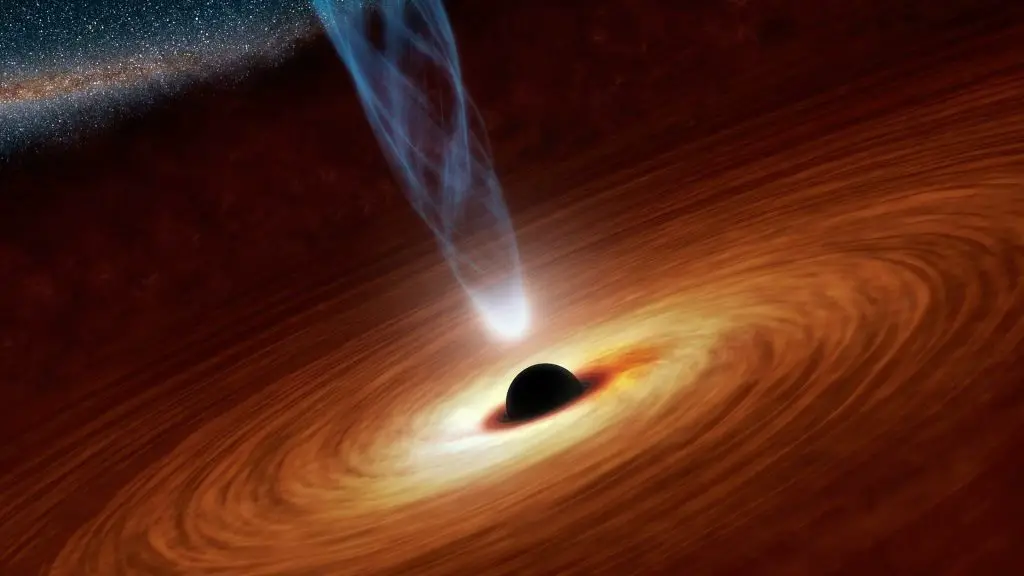Ever since astronomers began to observe the cosmos with modern sophisticated telescopes, they have never spotted infrared aurora on Uranus. However, scientists recently studied the archived data obtained from the giant Keck II telescope on Mauna Kea in Hawaii to confirm the existence of infrared aurora on Uranus for the first time.
Auroras on Uranus possess similar features to auroras on Earth as they were all created when charged particles carrying the solar wind interact with the planet’s magnetic field. This interaction passes through the magnetic fields and heads toward the magnetic poles.
As the auroras move into Uranus’ atmosphere, the charged particles collide with the planet’s atmospheric molecules, making those molecules glow. However, auroral light on Earth comes from the collisions with oxygen and nitrogen atoms. These colors are mostly displayed as red, green, and blue.
But on Uranus, hydrogen and helium are the dominant atmospheric gases. These dominant gases exist on Uranus at extremely lower temperatures than they do on Earth. Hence, their lower temperatures make the auroral glow on Uranus occur at ultraviolet and infrared wavelengths.
The first time ultraviolet aurora was spotted on Uranus was in 1986 by NASA’s Voyager 2 spacecraft when it flew past the planet that year. However, it took astronomers about 40 years to spot infrared aurora on the ice giant.
How Astronomers Made the Recent Discovery Of Infrared aurora on Uranus

Astronomers used the data obtained from the Kech II Near-Infrared Spectrometer (NIRSPEC) in 2006 to make the discovery. The team of scientists was led by graduate student Emma Thomas of the University of Leicester in England to spot emission lines from the H3+ molecule.
Note that H3+ is a trihydrogen cation that has three protons and two electrons. This implies that it is positively charged. Astronomers revealed that the Uranus emission occurred due to molecular hydrogen being ionized and producing H3+ cations coming from collisions with charged particles.
The emission created the infrared auroral glow over the northern magnetic pole. Hence, Thomas and his team discovered Uranus’ northern lights using the data obtained.
“The temperature of all the gas giant planets, including Uranus, are hundreds of degrees Kelvin/Celsius above what models predict if only warmed by the sun, leaving us with the big question of how these planets are so much hotter than expected,” said Thomas in a statement. “One theory suggests the energetic aurora is the cause of this, which generates and pushes heat from the aurora down towards the magnetic equator.”
Scientists believed that the aurorae would possibly help astronomers solve the problem of why Uranus’ and Neptune’s magnetic fields are misaligned with their rotational axes by massive amounts. Uranus misalignment is about 59 degrees. Hence, the discovery will surely help astronomers learn more about Uranus.
The discovery was published on Oct. 23 in the journal Nature Astronomy.
Conclusion
Scientists recently studied the archived data obtained from the giant Keck II telescope on Mauna Kea in Hawaii to confirm the existence of infrared aurora on Uranus for the first time. The discovery will surely help astronomers learn more about Uranus. What do you think about this finding?




